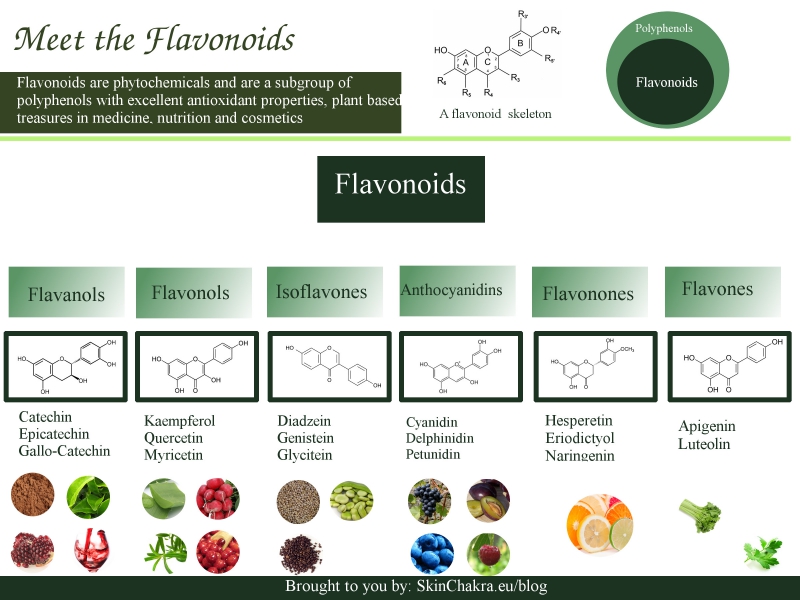A gaggle of researchers from the college’s School of Science, led by Dr Solomon Habtemariam, imagine they have identified potential sources of medicines derived from plants which can have fewer adverse facet-effects for diabetes sufferers.

The scientists are investigating the properties of two plants found in south-east Asia which they suppose may have properties that aren’t solely anti-diabetic, but also lipid- or fat-decreasing, and polysaccharides extract so will help deal with obesity.
Dr Habtemariam, a number one professional on drug discovery research from natural sources, says the work may prove an important breakthrough within the treatment of diabetes, which he describes a “growing international epidemic”.
“Diabetes is a large burden to society typically. The search for treatments is making the NHS bankrupt, and this drawback is likely to get worse in the subsequent decade. There isn’t any recognized drug of cure and so, all in all, it is an enormous incentive for us to perform analysis on this area,” he says.
The disease, a result of chronically high levels of glucose within the blood, impacts more than 300 million people on this planet. It is split into two foremost classes: kind I and type 2. The former usually impacts youngsters, flavone vegetable extract whereas kind 2, the commonest type, is usually diagnosed later in life and in some circumstances could be managed by food plan, train and weight reduction.
The researchers at Greenwich aim to isolate and establish sure extracts from the plants Cassia auriculata and Cassia alata, which could have ‘energetic substances’ for treating diabetes. Should you loved this article and you would like to acquire guidance about polysaccharides extract (https://www.click4r.com/posts/g/3268404/cistanche-tubulosa-benefits-and-also-negative-effects) generously check out the website. They discovered that one of many compounds isolated from the plant, kaempferol 3-O-rutinoside, flavone extract has proved to be more than eight occasions more potent than the standard anti-diabetic drug, acarbose.
The crew additionally found the plants have anti-oxidant properties, which is beneficial when treating diabetes.
“Our other most attention-grabbing finding is that lots of the energetic components from the Cassia auriculata plant work by way of a course of referred to as ‘synergism’ – in different words, they work collectively to produce an effect larger than the sum of their particular person effects,” Dr Habtemariam says. “Overall, this suggests that the crude plant extract has plenty of potential to be used clinically for treating diabetes and associated diseases.”
The analysis is ongoing and requires further study and validation, however Dr Habtemariam says the university’s School of Science is a perfect place to be conducting his work. “We now have each the facilities and the experience to carry out this analysis: to isolate chemicals of biological interest, after which to determine what they are. We’re only at the drug discovery stage but moving to the clinical trial stage is a very particular purpose.”
Cassia auriculata and Cassia alata develop in a tropical local weather. They are well-liked both as ornamental plants. For their medicinal uses.
